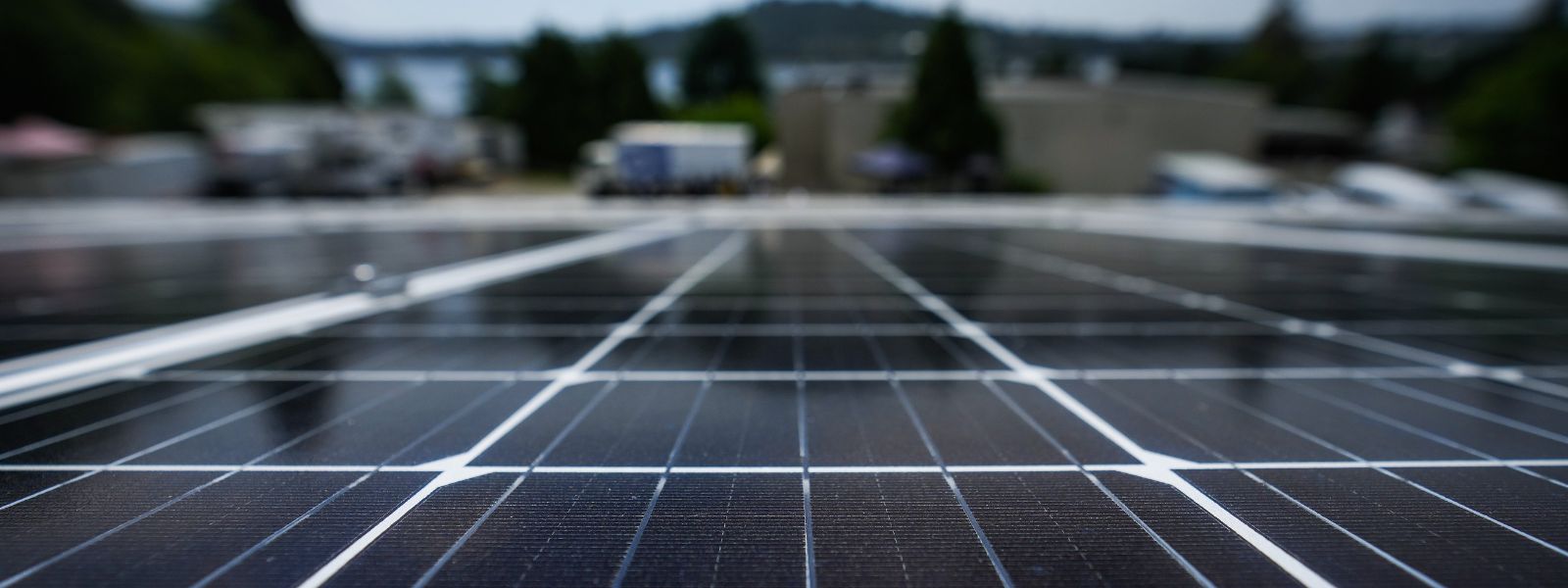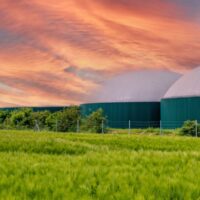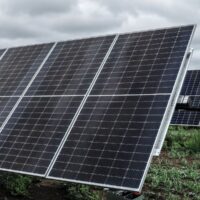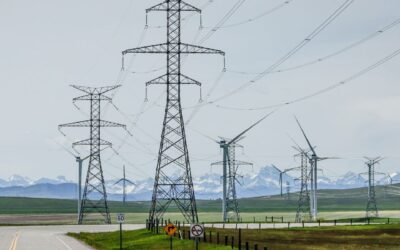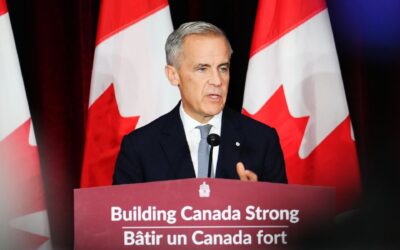The global energy landscape is undergoing a seismic shift—much of which will continue beyond the bounds of recent political developments happening in the United States.
Electricity demand is surging around the world—fueled by electrified transport and heating, artificial intelligence (AI), and ambitious net-zero goals—and countries with abundant, clean, and reliable power will increasingly emerge as leaders in the modern economy.
Canada, around 85 per cent of its electricity already non-emitting, has been dealt a great hand and is uniquely poised to seize this opportunity. But with protectionist policies on the rise, supply shortfalls looming, and affordability non-negotiable, making the best of this opportunity will require deliberate and proactive policy choices from Canadian governments, and provincial and territorial governments in particular.
Global investment trends are pointing in one direction: more clean power
According to the IEA’s World Energy Outlook for 2024, global electricity demand is increasing—projected to grow between 2.4-3.5 per cent annually until 2050, while fossil fuel demand is set to peak this decade. Emerging markets and developing economies make up the majority of the additional demand for electricity, although growth is expected in advanced economies as well.
Canada is no exception to these global trends. In Ontario, for example, the Independent Electricity System Operator recently increased their demand forecast by 15 per cent from the previous year, projecting total electricity demand to grow by 75 per cent by 2050. Quebec, B.C., Manitoba, Newfoundland, and New Brunswick anticipate significant load growth in the coming decades as well.
Texas, the largest and fastest growing grid in the United States, is projected to see a doubling of electricity demand in the next six years due to data centers and cryptocurrency mining.
Simultaneously, private sector net-zero commitments are growing. The annual cumulative number of companies with net-zero targets and commitments has grown from 546 to 4,205 in three years.
Today, almost 60 per cent of the world’s 2,000 largest companies by annual revenue have their own net-zero targets, with 39 per cent of global market capitalization made up of companies who have science-based targets, as of 2023.
And while this trend has faced some recent headwinds, corporate climate targets in Canada have remained resilient. At an international level, global capital has continued to target clean projects and zero-emission goods and services, with total investments in 2024 exceeding $2 trillion for the first time, despite a slow-down in the rate of growth. Similarly, U.S. clean energy investments hit a record high in the latest quarter of 2024.
The combination of increased overall electricity demand and the commitment from businesses to reduce their Scope 2 emissions—which typically include emissions from electricity used to power operations—is creating upwards pressure on demand for clean power. Microsoft, Amazon and Google, for example, are so keen for clean power to support the energy demands of AI that they are looking to nuclear power plants, both old and new, to meet their future plans. Google has also partnered with enhanced geothermal startup Fervo Energy to launch a first of a kind power project in Nevada capable of supplying carbon-free baseload power for its data centers.
Canada’s clean electricity has attracted big investments
Canada’s strong position in clean electricity gives it a competitive edge in the growing market for carbon-neutral goods and services. As mentioned earlier, more than 80 per cent of the country’s electricity is non-emitting—compared to 40 per cent in the U.S. and 28 per cent in Mexico. Canada ranks third among the top 20 global electricity producers for non-emitting generation.
In fact, provincial governments have already used this position to attract foreign investment and boost domestic production of emerging technologies. For example, Ontario has explicitly highlighted its ability to supply clean power at a cost competitive rate to attract investment, as has British Columbia.
Ontario has leveraged its electricity systems low emissions-intensity to become an electric vehicle (EV) manufacturing powerhouse, receiving $44 billion in new investment in EV and battery plants alone. In 2024, Honda announced it will be investing $15 billion in the province to develop an integrated EV battery value chain. Volkswagen is building a $7 billion EV manufacturing plant that will be the largest manufacturing plant in Canada, generating around $200 billion in value.
Quebec has also leveraged its ability to supply clean, reliable hydropower to attract investment from major players. In 2022, when announcing the selection of the province for a new battery material plant, the Vice President of GM Canada stated that “Quebec was chosen for this facility because of several advantages… low greenhouse gas (GHG), low-cost electricity is really important” .
The province’s hydro-based electricity mix is also very attractive to companies in the artificial intelligence space, who require significant quantities of round-the-clock clean power. In 2023, Microsoft invested $500 million USD in four new data centers in Quebec to expand their cloud computing and AI infrastructure capabilities.
Governments across Canada are making big investments in clean power
Moving forward, Canada can continue to position itself as a prime destination for sustainable investment by building on its strengths and continuing to expand and modernize its electricity sector. Provincial policies—where significant efforts are already underway—will be key to realizing these opportunities.
Hydro-Quebec’s latest action plan includes an investment of $185 billion over the next 12 years to dramatically increase capacity and improve reliability in order to meet a projected doubling of electricity demand by 2050.
To address an anticipated supply shortfall, BC Hydro recently awarded power purchase agreements to nine wind projects. These projects are expected to boost current electricity supply by 8 per cent, enough to power 500,000 new homes.
Similarly, the Ontario Government recently advised the provincial grid operator to increase its next round of supply procurement by 50 per cent, from 5,000 to 7,500 megawatts. Other provinces have likewise made big progress building out a cleaner grid.
Bigger, cleaner, smarter electricity will increase Canada’s competitiveness and keep energy affordable
Canadian provinces can continue to leverage a clean electricity advantage to attract investment and projects. But governments shouldn’t be passive: success will require prioritizing strategic grid expansion and modernization to maintain that advantage.
In the long run, that will require commitment and dedicated funding from public bodies, as well as policy improvements to ensure more investments materialize and the cost of energy remains affordable for people across the country.

